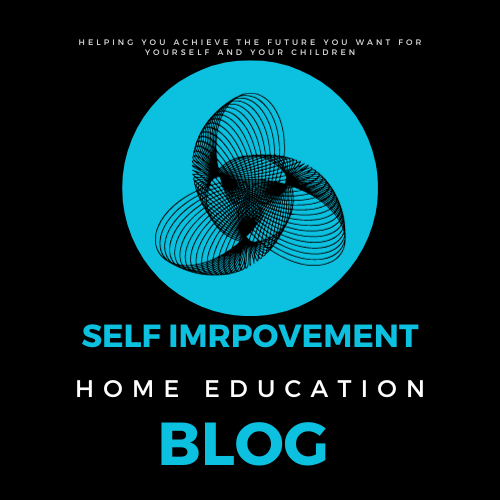
In recent years, homeschooling has gained popularity as families seek
alternatives to traditional education. One of the key advantages of
homeschooling is the ability to tailor education to individual learning
styles. Here’s a 5 step guide to homeschooling and personalized learning.
Whether you’re a parent considering homeschooling or a student
eager to take control of your learning journey, understanding learning
styles and effective curriculum design is crucial.
1. Recognizing Learning Styles:
Although people learn in different ways, and recognizing your
preferred learning style is the first step toward a successful
homeschooling experience. The three primary learning styles are
visual, auditory, and kinesthetic.
Visual learners grasp information best through visual aids such as
charts, diagrams, and videos.
Auditory learners prefer listening to information, benefiting from
lectures, discussions, and podcasts.
Kinesthetic learners learn best through hands-on experiences,
physical movement, and practical applications.
Take time to identify your learning style or your child’s, as this knowledge will
shape your approach to teaching and curriculum selection.
2. Personalized Curriculum Design:
Once you understand learning styles, the next step is to design a curriculum
that caters to individual needs. The beauty of homeschooling lies in the
flexibility to choose materials and resources that align with each
learner’s preferences.
Visual learners might thrive with visually appealing textbooks, educational apps,
and multimedia resources.
Auditory learners can benefit from audiobooks, podcasts, and engaging
discussions.
Kinesthetic learners may excel with hands-on activities, experiments, and
real-world applications of concepts.
Remember that a well-rounded curriculum can incorporate elements
from multiple learning styles to accommodate diverse preferences.
3. Flexibility and Adaptability:
One of the strengths of homeschooling is the ability to adapt to the
ever-changing needs of learners. If a particular approach or resource doesn’t
resonate, don’t hesitate to switch gears and explore alternative methods.
The goal is to create an environment where learning is enjoyable and effective.
4. Encourage Self-Directed Learning:
Teaching children and students to become independent learners is a crucial
aspect of homeschooling. Foster a sense of curiosity and self-motivation
by allowing them to pursue topics of interest. Encourage the use of libraries,
online resources, and community activities to supplement the curriculum.
5. Embrace Technology:
In the digital age, technology offers a wealth of resources to enhance
homeschooling. Educational apps, online courses, and interactive platforms
can cater to various learning styles, providing a dynamic and engaging
learning experience.
Conclusion
In conclusion, homeschooling is a powerful educational option that allows
individuals to embrace their unique learning styles. By recognizing these
styles and tailoring curricula accordingly, homeschooling can provide a
personalized and effective learning experience. The key is to remain flexible,
adaptable, and open to the diverse ways in which individuals absorb and
retain information.
Disclaimer: The information on this website is public information and is not
individual legal advice. Readers should not rely on or take any action based
upon the information on this website and professional advice should be
obtained particular to the legal circumstances one is facing. While we strive
for accuracy, it is possible that the information on our site may contain errors
or omissions. We disclaim any liability for any such errors or omissions.
Disclaimer: Some of the links on this website are “affiliate links.” This means
if you click on the link and purchase the item, we will receive an affiliate
commission. We disclose this in accordance with the Federal Trade
Commission’s 16 CFR, Part 255: “Guides Concerning the Use of
Endorsements and Testimonials in Advertising.
